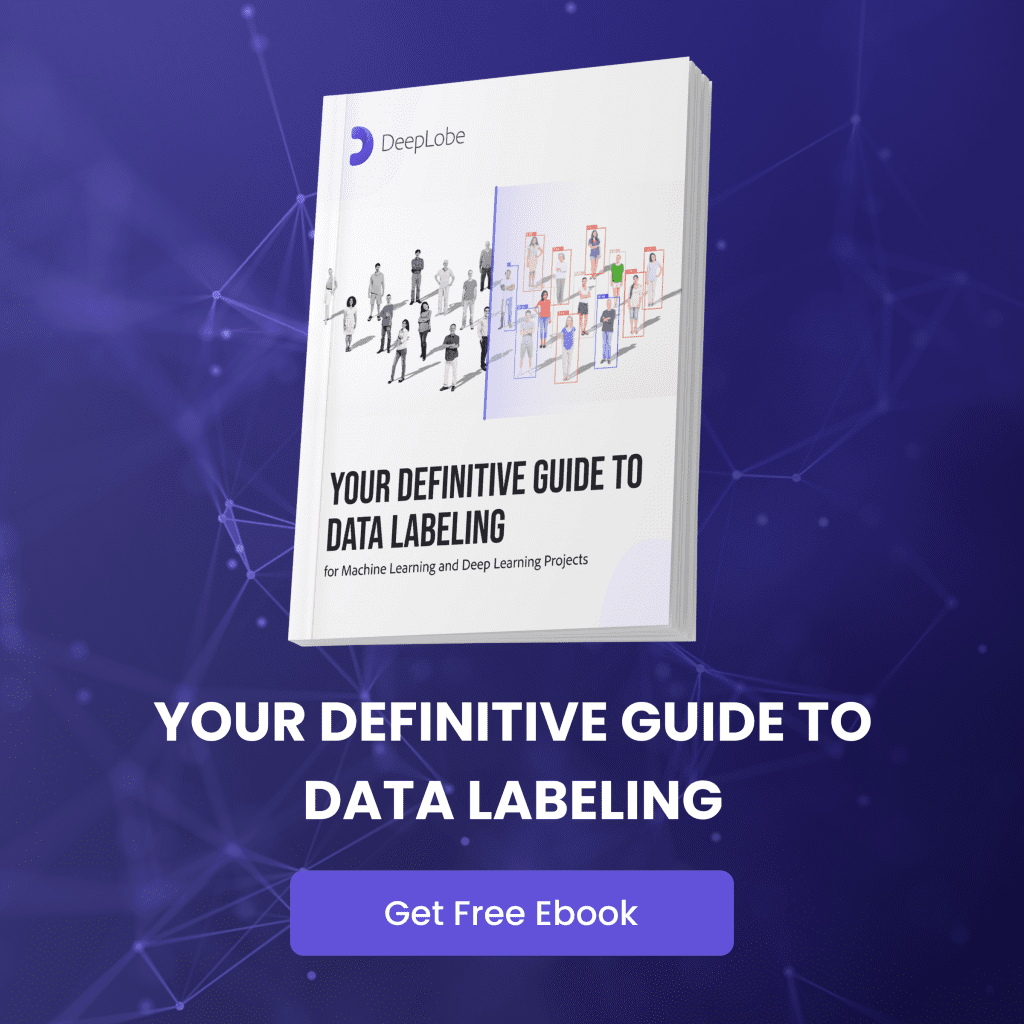
adminMarch 8, 2023Uncategorized
Optical Character Recognition (OCR) is a technology that enables machines to recognize and interpret printed or handwritten text. It has become an essential tool for businesses looking to streamline their operations and improve efficiency. OCR technology is applied across various industries to automate mundane and time-consuming tasks, such as data entry, invoice processing, and record-keeping. In this article, we will discuss how OCR is transforming different industries, making them more productive and efficient.
Which Industries are Using OCR Most Effectively?
Over the years, OCR technology has become more advanced, and its applications have become more widespread. Healthcare to entertainment OCR is helping businesses and organizations of all types and sizes to streamline their operations and stay competitive in a rapidly changing world. Here are the top 20 industries that are using OCR technology today.
1. Banking
Optical Character Recognition (OCR) technology has transformed the way banking operations are carried out. OCR enables computers to read and interpret text from printed or handwritten documents. With OCR, banks can streamline operations, reduce processing times, minimize manual errors, and enhance customer experience.
Improved Document Processing
Banks deal with a large volume of documents every day, such as loan applications, account opening forms, and identity verification documents. Manually processing these documents is time-consuming and prone to errors. OCR technology can automate the process of document processing by scanning and extracting data from documents quickly and accurately. This reduces the time it takes to process documents and eliminates errors caused by manual data entry.
Fraud Detection and Prevention
OCR is used to detect and prevent fraud in banking operations. For instance, OCR is used to verify the authenticity of identification documents submitted by customers during a loan verification process. OCR can compare the data extracted from the document with the data in the bank’s database to ensure that the document is genuine. It helps banks prevent identity theft and other forms of fraud.
2. Finance
OCR technology is also making significant strides in the finance industry. One of the benefits of OCR in finance is its ability to automate invoice processing. Manually processing invoices can lead to delays and financial losses because it is time-consuming and error-prone. With OCR, finance professionals can automatically extract data from invoices and input it into their accounting system, reducing processing time and minimizing errors.
3. Healthcare
OCR technology is revolutionizing the way medical records and patient information are managed in healthcare. With OCR, medical professionals can digitize and store medical records, making them easily accessible and secure. OCR automates the process of extracting critical data from medical records, such as patient information, medical history, and lab reports. This automation saves time and reduces the likelihood of errors, ultimately improving patient care.
4. Retail
OCR technology is transforming the retail industry by improving inventory management and reducing costs. With OCR, retailers can automate inventory management by digitizing and tracking their inventory using barcodes or QR codes. Retailers can use OCR-powered systems to identify and track inventory levels, enabling them to reorder products automatically and reduce waste. OCR technology is also being used in the retail industry to improve the customer experience by enabling mobile scanning of products, providing customers with more information, and improving their overall shopping experience.

5. Education
OCR technology is being used to automate various administrative tasks in educational institutions. For instance, OCR-powered software can be used to extract data from student forms and automate the registration process. OCR technology is also being used to improve the accessibility of information for students with visual impairments. OCR-powered software can convert printed text into digital text, which can then be read aloud using text-to-speech software. This enables visually impaired students to access the same information as their sighted peers, thereby promoting inclusivity. OCR can also be used to automate the grading process, enabling teachers to focus on providing feedback to students rather than spending hours grading papers.
6. Legal
OCR technology has transformed the way legal professionals manage documents. By scanning paper documents and converting them into searchable, editable digital files, OCR technology has made it easier to access, organize, and share information. Document conversion, Text extraction, Document classification, and Redaction are a few applications of OCR in legal to benefit from Increased efficiency, Improved accuracy, and Enhanced collaboration.
7. Government
OCR technology has enabled government agencies to process large amounts of information accurately and efficiently. Which revolutionized the way government agencies process information. OCR in government has various applications, such as in legal document management, mail processing, and tax processing. For instance, In mail processing, OCR technology helps to automate the sorting and distribution of mail. It can recognize and sort mail by zip code, address, or even the recipient’s name, reducing the time and resources required to process large volumes of mail. This technology also helps to reduce the likelihood of errors and ensures that mail is delivered to the right recipient.
8. Real Estate
In the real estate industry, OCR is used to extract important information from physical documents, such as property deeds, contracts, and financial statements, and convert it into digital format. This makes it easier for real estate professionals to search, analyze, and share data quickly and accurately. The technology’s ability to process large volumes of data quickly and accurately has been a game-changer, where speed and accuracy are critical for success. With OCR, real estate professionals can improve their productivity, increase efficiency, and ultimately provide better service to their clients.
9. Manufacturing
By using OCR, manufacturers can automatically read and interpret data from scanned documents, such as invoices, purchase orders, and shipping labels, eliminating the need for manual data entry. This not only reduces the likelihood of human error but also speeds up the processing time for these important documents. Additionally, OCR can be used to identify and track products throughout the manufacturing process, ensuring quality control and allowing for better inventory management. As manufacturing continues to become more automated and digitized, OCR is sure to play a crucial role in improving productivity and reducing costs.
10. Transportation
With its ability to convert handwritten or printed text into digital format, OCR is helping to streamline a wide range of transportation-related processes. For example, OCR can be used to automatically read license plates on vehicles, speeding up the process of toll collection or parking enforcement. Additionally, OCR can be used to digitize paper documents such as bills of lading or invoices, making it easier to track shipments and manage logistics. As the transportation industry continues to embrace digital technology, OCR is poised to become an increasingly important tool for improving efficiency and reducing costs.

11. Supply Chain Management
By automating data entry with OCR, supply chain management teams can improve their operations and streamline their workflows, ultimately leading to improved productivity and profitability. For example, OCR can be used to extract important data from a range of documents, such as invoices, receipts, and packing slips.
12. Marketing
In marketing, OCR technology can be used to analyze printed materials such as brochures, business cards, and product packaging, to extract information like product names, descriptions, and pricing. This information can be used to create more targeted marketing campaigns and provide valuable insights into consumer behavior. With the increasing prevalence of mobile devices and online shopping, OCR technology is becoming increasingly important for businesses to stay competitive in the digital landscape.
13. Hospitality
With the rise of digitalization and the need for efficient and accurate data processing, OCR technology is playing a crucial role in automating routine tasks in the hospitality industry. OCR automates various purposes, including digitizing invoices and receipts, automating check-ins and check-outs, and streamlining inventory management. Additionally, OCR can help businesses reduce costs and improve productivity, making it a valuable tool for the industry’s ongoing digital transformation.
14. Energy
OCR technology can be used in a variety of ways within the Energy sector, from streamlining billing processes to analyzing data from sensor readings. By digitizing and automating tasks that were once manual, OCR can help Energy companies save time and reduce costs while improving accuracy and efficiency. Additionally, OCR can enable better data analysis and decision-making, as large amounts of data can be quickly analyzed and turned into actionable insights.
15. Human Resources
Human Resources (HR) departments manage and process large volumes of data. By automating the scanning and recognition of documents, OCR can significantly reduce the time and resources needed to handle tasks like resume screening, employee record management, and compliance reporting. Embracing OCR can help HR departments to focus more on strategic initiatives and less on manual data entry, ultimately leading to a more agile and effective workforce to stay competitive in the changing workplace dynamics.
16. Agriculture
In agriculture, OCR can be applied for a variety of purposes, from analyzing soil reports and crop yields to identifying plant diseases and pests. By digitizing and analyzing data, farmers, and researchers can gain valuable insights into their operations and make more informed decisions about how to improve crop production and overall efficiency.
17. Construction
With OCR, construction teams can now easily digitize physical documents and extract valuable information from them, such as project plans, blueprints, and specifications. This technology allows for quick and accurate data entry, reducing errors and saving time. Additionally, OCR software can automatically categorize and store documents, making it easy to organize and retrieve important information when needed.
18. Media and Publishing
OCR has also enabled publishers to create electronic versions of their publications, which can be distributed online or through e-readers, expanding their reach and increasing revenue streams. Additionally, OCR has streamlined the editing and proofreading process, allowing editors to quickly make corrections to digital copies of printed materials. As OCR technology continues to advance, it is expected to play an even greater role in the media and publishing industry, facilitating the seamless integration of print and digital content.
19. Non-Profit
OCR is particularly useful for non-profits that deal with large amounts of paperwork, such as those in the legal or healthcare fields. By implementing OCR, non-profits can increase their efficiency and productivity, allowing them to focus more on their core mission of serving their communities.
20. Sports
Optical Character Recognition (OCR) technology has become an integral part of modern sports broadcasting. With its ability to recognize and extract text from images, OCR has revolutionized the way sports events are covered and analyzed. In real-time, OCR systems can extract data from scoreboards, player jerseys, and even referee hand signals, providing instantaneous updates to viewers. This technology has also made it possible to digitize historical archives of sports events, making it easier to search and analyze past games. In sports such as cycling and running, OCR technology is used to automatically track and record times of participants, eliminating the need for manual timing. Overall, OCR technology has become an invaluable tool for sports broadcasters and enthusiasts, enhancing the viewing experience and making sports more accessible and data-driven.
Optical Character Recognition (OCR) technology has proven to be a game-changer across a wide range of industries. From streamlining administrative processes to revolutionizing customer experiences, OCR is transforming the way businesses operate. With its ability to extract data from images and convert them into editable text, OCR has significantly reduced manual labor and increased efficiency, saving time and money. Additionally, OCR has enabled companies to analyze large amounts of data quickly and accurately, facilitating better decision-making.
As OCR technology continues to improve, we can expect to see even more significant advancements in the way businesses operate, leading to increased productivity and profitability. OCR is a valuable tool for any company looking to streamline its operations and stay competitive in today’s digital age. To know more about this technology or have a free consultation our team at Deeplobe can help. Contact us today.
